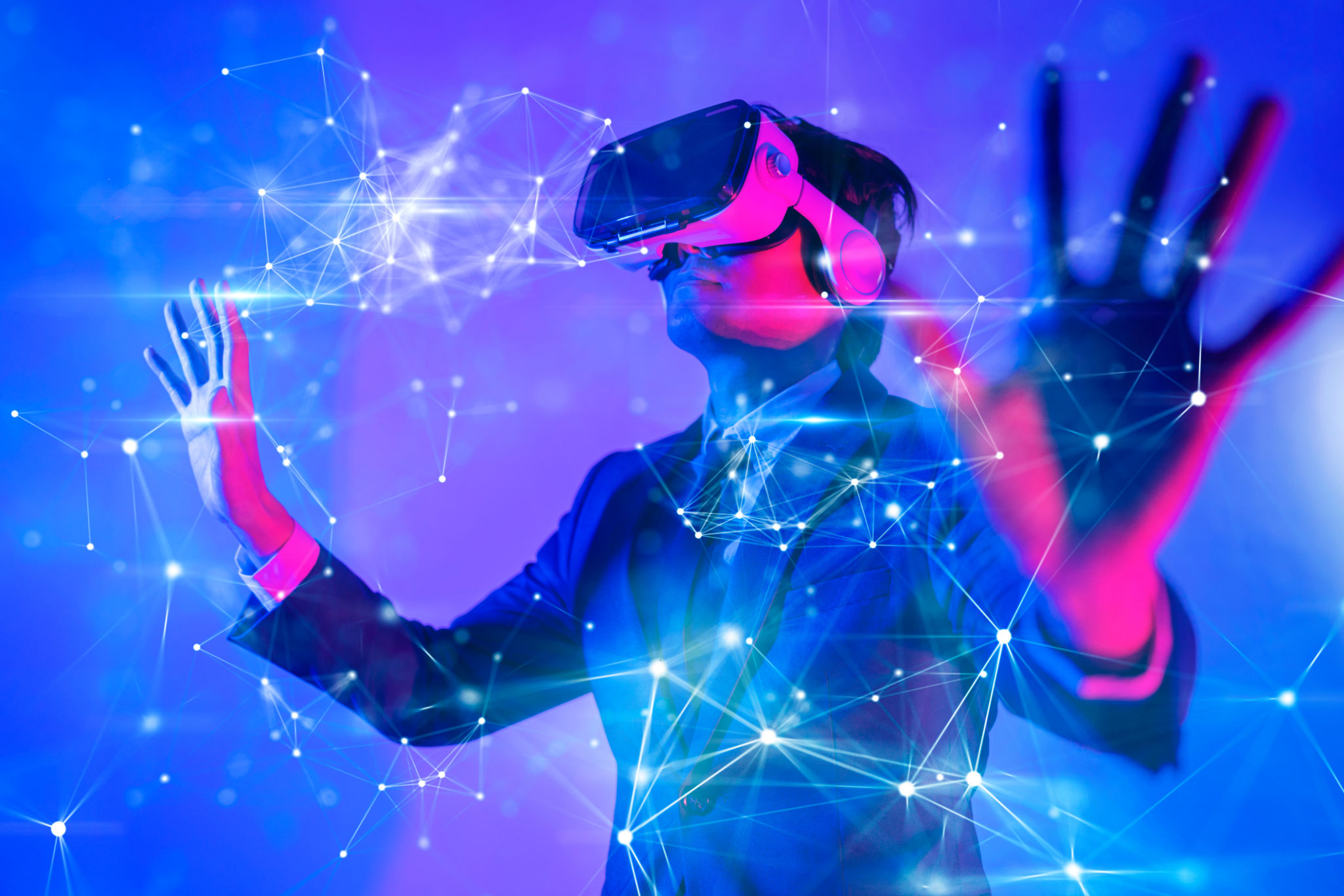Real-Time Rendering Trends in the NYC Market: What to Expect
Introduction to Real-Time Rendering
Real-time rendering has become a cornerstone in the digital landscape, particularly in bustling markets like New York City. As technology progresses, the demand for immediate, high-quality visuals grows, influencing various industries from gaming to architecture. The ability to see changes and updates instantly has revolutionized workflows, allowing professionals to make quicker decisions and enhance creativity.

Technological Advancements
In recent years, advancements in hardware and software have significantly boosted real-time rendering capabilities. Graphics processing units (GPUs) have become more powerful, enabling higher fidelity visuals and smoother performance. This growth is complemented by software innovations, such as optimized rendering engines that streamline the process and reduce latency.
New York City's tech-savvy market is quick to adopt these advancements, ensuring that businesses stay competitive. The integration of artificial intelligence (AI) and machine learning algorithms further enhances rendering efficiency by predicting data patterns and optimizing resource allocation.
Impact on Industries
The influence of real-time rendering spans multiple sectors. In architecture and real estate, professionals use this technology to create immersive virtual tours, allowing clients to experience properties before they are built. Meanwhile, in the gaming sector, real-time rendering provides gamers with more lifelike environments and interactions, enhancing overall user experience.

Emerging Trends
Several emerging trends are shaping the future of real-time rendering in NYC. The rise of cloud-based rendering solutions allows users to access powerful computing resources without the need for expensive hardware investments. This trend is especially beneficial for small to medium-sized enterprises looking to leverage high-quality rendering without significant upfront costs.
Moreover, the integration of virtual reality (VR) and augmented reality (AR) technologies is becoming increasingly prevalent. These technologies rely heavily on real-time rendering to deliver immersive experiences, driving innovation in fields like education, healthcare, and retail.
Challenges and Solutions
Despite its benefits, real-time rendering presents certain challenges. The demand for high-speed internet connections and substantial bandwidth can be a barrier for some users. Additionally, ensuring compatibility across various devices and platforms requires careful planning and execution.
However, solutions are emerging. Companies are investing in infrastructure upgrades to improve connectivity and exploring cross-platform compatibility options. Moreover, advancements in edge computing are helping to mitigate latency issues by processing data closer to the source.

The Future Outlook
Looking ahead, the real-time rendering market in NYC is poised for continued growth. As technology becomes more accessible and user-friendly, more industries are expected to adopt these solutions. The focus will likely shift towards achieving even greater realism and interactivity while maintaining efficiency.
With continuous investment in research and development, NYC is set to remain at the forefront of real-time rendering innovation. Businesses that embrace these trends will gain a competitive edge, offering enhanced products and services that meet the evolving demands of their clientele.
Conclusion
Real-time rendering is transforming how industries operate in New York City. By staying abreast of technological advancements and trends, businesses can harness its potential to improve efficiency and deliver cutting-edge experiences. As we move forward, the integration of AI, cloud computing, VR, and AR will further reshape the landscape, opening new opportunities for growth and innovation.